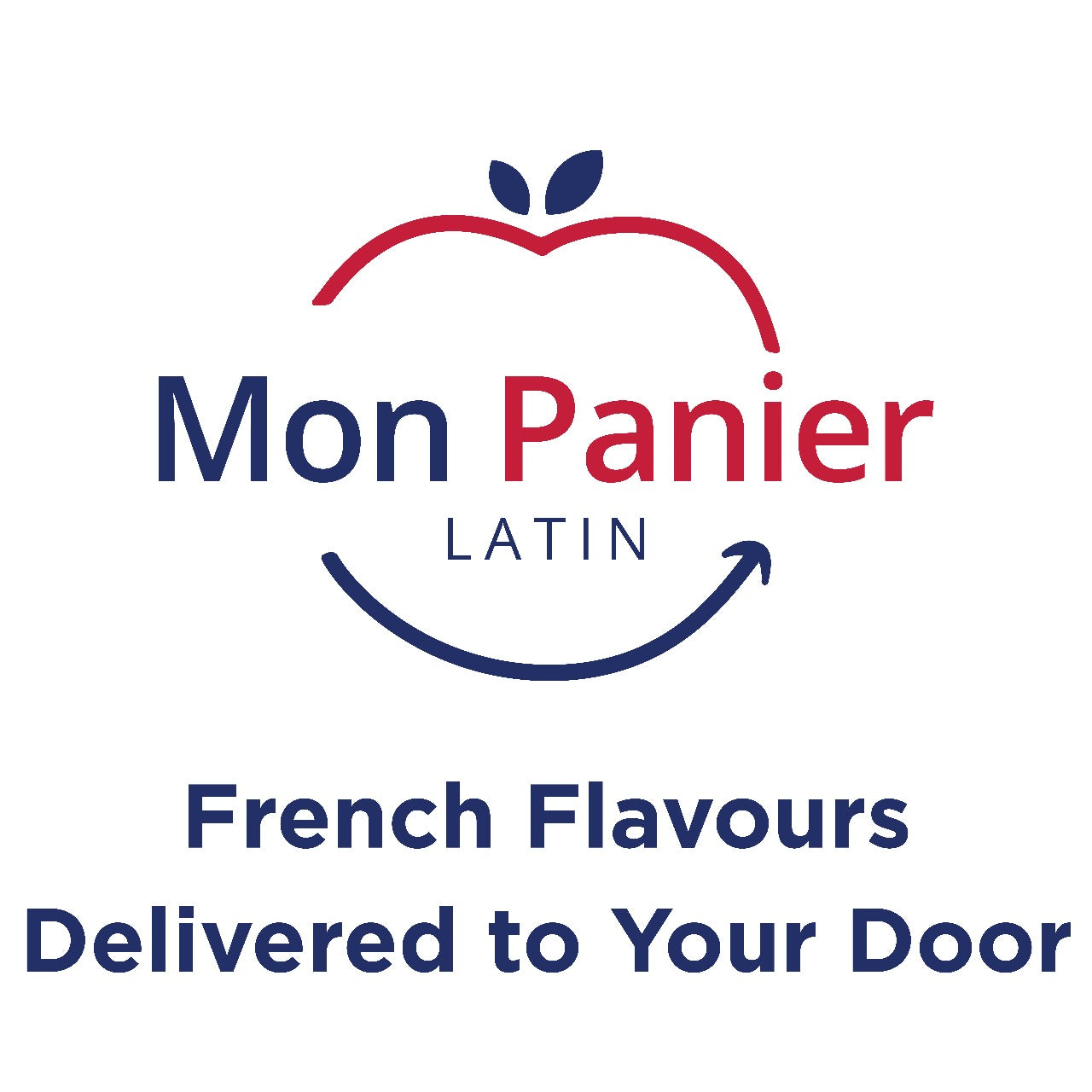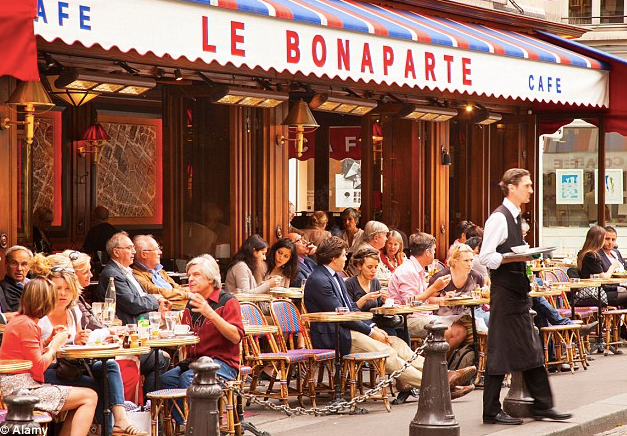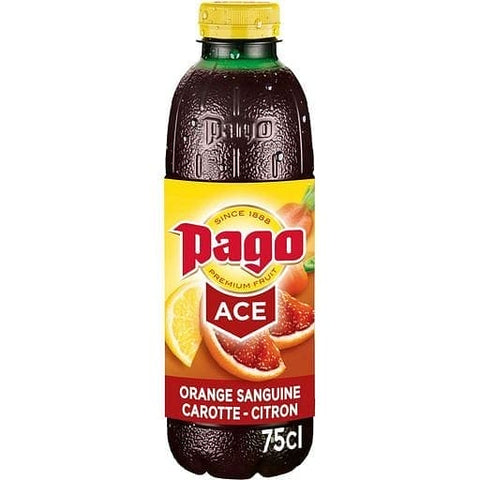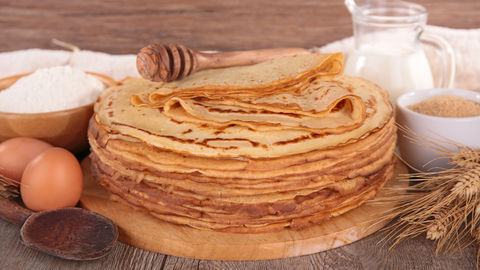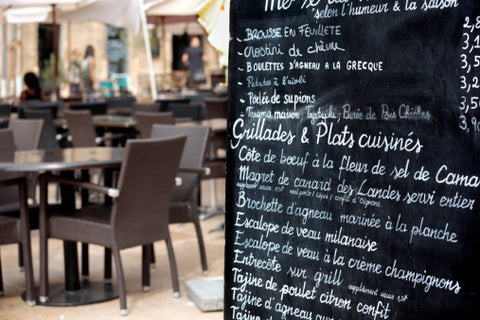As automobiles became increasingly ubiquitous in the twentieth century, rural eating became more popular in France, and a lot of good regional restaurants arose. Madame Point, Fernand Point's widow, built the Restaurant de la Pyramide in Vienne, which is largely recognized as the best restaurant in the world, and ran it until his death in 1955. The hotel Côte d'Or in Saulieu, the Auberge de l'Ill in Illhaeusern, Alsace, the Paul Bocuse Restaurant in Lyon, and the Troisgros in Roanne are among the top French provincial restaurants.
Every year, the Guide Michelin evaluates several restaurants across France, surveying dining places and hotels in over 3,400 towns and cities and awarding one, two, or three stars depending on quality. The bistro, also known as a brasserie, is an informal, simple, and low-cost establishment; the medium-priced restaurant; and the more opulent grand restaurant, which prepares and presents the most sophisticated dishes in luxurious surroundings, are the three types of French restaurants available today.
In terms of cuisine, eating in France is often viewed as a need. On your next trip to France, the ideal spot to enjoy French food, why not treat yourself to a gourmet adventure? Although it is self-evident that Café refers to a coffee shop, what about the other French dining options? What distinguishes a French bistro from a Francois brasserie?
What Makes a French Bistro, Brasserie, or Café Unique?
Brasserie / "Brewery": Brasseries are the forerunners of gastropubs, combining beer (usually locally brewed) and food—but not just "bar food"; oily tater tots and sad flimsy burgers are not served here. Brasseries and gastropubs, both old and modern, deliver inventive, hearty, and delicious fare. Brasseries differ from bistros in that they frequently extend their service hours into the evening or rotate tables during the afternoon's off-hours. They used to be known for their great local breweries, but today, like 99 percent of French restaurants, they have a large wine list. Brasseries are traditionally Alsatian, which means they are from Alsace-Lorraine, a long-disputed region of France that has been passed back and forth between France and Germany several times. Brasseries, also known as Alsatian Beer Halls, provided a warm refuge from the constant war and evolved into a social gathering place, featuring gourmet food as well as Choucroute (sausages with sauerkraut) and a daily (reasonably priced) special.
The details of the design
Some believe the brasserie has survived due to nostalgia: it was founded during France's La Belle Epoque, widely considered as one of the country's most elegant and romantic times. Following shortly behind came Art Nouveau, a separate style that drew influence from organic elements and was all about flourishes, curves, and serif typefaces. The oldest Brasserie in Paris, Bofinger, is an Art Nouveau time capsule. The silver serpents embellish the chandeliers. The molding has a complicated design. In the center, there is a beautifully stained glass piece. Many brasseries preserve these components or give them a modern update to recreate the pleasant design experience of their forefathers, even if they haven't been there for more than 150 years.
Bistro / “Fast” in russian / from the French word ‘Bistreau’, “Innkeeper”
A French bistro is associated with family because it is owned by a family and operates during family hours. Lunch will be provided from 11 a.m. to 3 p.m., with a break in the middle to look after the youngsters and restock the store. Dinner is served from 7:00 a.m. to 12:00 a.m. The menus for lunch and dinner may not differ, and the same menu may be served all day. There was also a limited assortment of wine and beer to choose from. Traditionally, the French Bistro has served simpler dishes at a lower price (the Nouveau bistro movement was led by chefs who wanted to provide an intimate and modest ambiance while presenting some unique and complicated cuisine). Instead of feeling compelled to leave once the bill is presented, the bistro environment may encourage guests to stay and speak after their meal, resulting in a restaurant hybrid/cafe. During the Russian conquest of France, bistros are said to have been named after the Russian phrase "bistro," which means "fast." The name "bistro" serves as an all-in-one diner label for Russians searching for a quick bite. However, not everyone agrees with this point of view.
The details of the design
Bistros in France were dubbed "Zinc" for short due to the prevalence of zinc surfaces. Although some bistros are more zinc-like than others (think of the contrast between a greasy spoon diner and a lunch spot), according to industry standards, the bar should be built of galvanized steel. Unless it was Cafe Des Deux Moulins, where Amélie was filmed, these neighborhood mom-and-pop shops were more of a locals' hangout than a destination for visitors driving through neighborhoods. The ground was black and white tiled, the walls were poster-pepped, and the seats were lovely rattan with a relaxed back. While the atmosphere at Chicago's Bistro Campagne is far from casual, the dark lighting, spectacular outside patio—complete with garlands of warm wood —and fairy lights elements make it feel quite friendly. The entrance's minor roof overhang, we believe, is a homage to a classic French bistro and café culture.
Cafe / "Coffee": Cafe culture has been a global phenomenon for centuries as a hotspot of, philosophical, political, and intellectual debate, as well as the exchange of artistic ideas and cabaret of performances, but it has become particularly prevalent in pop culture as it relates to Paris. In one of Paris' many sidewalk cafes, Gertrude Stein may have been sipping an espresso while writing a great literary masterpiece. Coffee, beer, wine, and spirits were the most popular beverages in cafes. The cuisine was not as attentive as it would have been in a cafe or brasserie, but there was a little snack or lunch available.
The details of the design
Given that Paris looks like it was created by a swarm of agitated ants, with streets flying this way and that as they spread out from the city center, cafes are regularly swung around corners. Most have a few outdoor chairs, whether on the sidewalk or at right angles because Parisians will have coffee outside rain or shine, relying on awnings to keep them dry. The simplicity of the design and how well it has aged are two of the most appealing characteristics of French-inspired cafes. Outside and inside, there are chairs. A large awning provides shade. From Starbucks to Cafe de Flore, the cafes in this coffee culture don't appear to have changed all that much. Of course, the polar opposite has endured: modern, spare, white, metal, minimalism; many Scandinavian styles have also persisted. However, it's clear who inspired Starbucks, the world's largest coffee company.

Restaurants with Michelin stars
The best places to satisfy your senses and learn about French food are certainly Michelin-starred restaurants! The top restaurants in France were given Michelin stars, resulting in a multiplicity of "Michelin starred restaurants." These restaurants, which range in star rating from one to three, provide excellent service, unique and/or beautiful décor, good wines, and, most importantly, scrumptious and refined cuisine.
Marc Veyrat, Paul Bocuse, Bernard Loiseau, Claude Troisgros, Alain Ducasse, and Alain Le Nôtre, to name a few, are some of the most well-known French chefs with several Michelin stars. If you're seeking a fine dining experience, consult the Michelin Guide (or Red Guide), or the Guide Gourmand if you're looking for good value (the "Bib Gourmand" restaurants featuring knives and forks instead of stars).
France's Michelin 3-Star Restaurants for 2021
Traditional Auberge
The famed Auberges restaurants offer a delightful and pleasurable blend of French food and good cheer. Professional (independent) caterers and chefs run such establishments to promote and accentuate regional products. They tend to congregate in rural locations, or at the very least in tranquil surroundings. Auberges' motto is "Authenticity, Simplicity, and Quality." Fermes Auberges (roughly "farmhouses become restaurants") provide hearty meals produced with locally obtained ingredients at some country eateries.
The owners of the auberge are always welcoming and pleasant, come out to chat with their guests, and share interesting facts about the area. Such welcoming locations exist in the United States, similar to French Chambres d'Hotes that also provide Table d'Hote (including dinner).
Best French restaurants in Paris
Food trucks and pop-up cafes, which have become popular in other cities across the world, have taken over Paris. However, when looking for the top French restaurants in Paris, we look for historic tables that have helped to make French dining a UNESCO Cultural Heritage Item. We turned to Meg Zimbeck, the founder of the extensive online culinary guide Paris by Mouth, to uncover the most memorable food and drink experiences.
1. Le Fouquet’s
For the past 40 years, the famed Parisian restaurant Le Fouquet, which has been open since 1899, has hosted the César Awards post-dinner celebrations. Former French President Nicolas Sarkozy, a frequent visitor, picked it as the site of his election victory celebrations in 2007.
The meal was created in partnership with Pierre Gagnaire, a Michelin-starred chef. It showcases the chef's contemporary spin on classic French meals including the freshest veggies, succulent meat cuts, and expertly grilled fish. The vintage ambiance is ideal for an opulent Parisian evening; complete with black-and-white photographs of the many celebrities who have dined there as proof that you're in good company.
2. Le Relais Plaza
The historic Hotel Plaza Athénée, where Le Relais Plaza is located, is well-known in the fashion world and has a long and illustrious history. The restaurant, which has been open since 1936, was a favorite of Yves Saint Laurent. Models for Christian Dior were frequently sent there for lunch to show off his latest creations to the other diners. They were so numerous that they were given their menu.
It currently offers a menu of well-executed French classics, exceptional service, and a dessert menu produced by Angelo Musa, the hotel's master pastry chef. On your way to the facilities, have a look at the small "wall of fame" outside the restaurant, which features more of the notable celebrities that have passed through its doors. It's no surprise that a classy restaurant like Le Relais Plaza has hosted a slew of noteworthy guests throughout the years.
Eric Laignel designed this piece for Le Relais Plaza

3. Café de Flore
The Café de Flore, one of Paris' most famous cafés, was a popular meeting place for the city's creatives during its heyday. Karl Lagerfeld, Jean-Paul Satre, Serge Gainsbourg, Brigitte Bardo, and Pablo Picasso are among the noteworthy personalities who have stopped by for a cup of coffee. As a result, visitors come to immerse themselves in a piece of Parisian literary and cultural history. Café de Flore, on the other hand, continues to draw well-heeled Saint-Germain-des-Prés locals, and the food is consistently excellent. Even if you don't plan on eating, the terrace is a great place to people-watch while enjoying a cup of wine or coffee.
4. Tour d’Argent
Although Le Procope (founded in 1686) is the city's oldest cafe, Tour d’Argent claims to be the city's oldest restaurant, having opened as an inn in 1582. It was formerly a favorite of the royals, and it is still suited for a royal visit today. The superb food of one-Michelin-star chef Philippe Labbé is served here, along with a breathtaking view of Notre-Dame.
If you can't make it to the restaurant, Le Boulanger de la Tour—or the less expensive La Rôtisserie d'Argent next door—will suffice. The excellent eating space of Tour d'Argent is enhanced by views of Notre Dame.
5. L’As du Fallafel
On the other hand, you may eat for less than €10 at L'As du Fallafel, one of Paris' most famous restaurants. It's located on rue des Rosiers, a street in Le Marais's historic Jewish neighborhood noted for its falafel stands.
Despite its long-running rivalry with Mi-Va-Mi across the street and Chez Marianne around the corner, L’As du Fallafel remains the most well-known. Customers create a line down the street for a quick and inexpensive dinner regularly.
You can always order takeout and eat in one of Le Marais' lovely squares, even if the restaurant isn't the most inviting. L'As du Fallafel, like many other businesses on that street, is closed for Shabbat on Friday evenings and Saturday mornings. L'As du Falafel always has a queue out the door, but the cuisine is definitely worth the wait.
